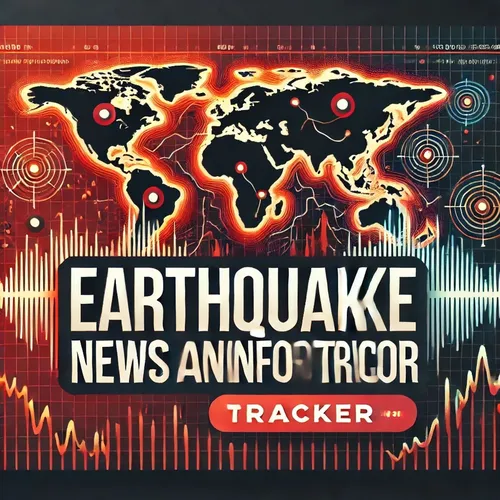"Earthquake Clusters Across California and Alaska Underscore Importance of Preparedness"
- Author
- Quiet. Please
- Published
- Sat 02 Aug 2025
- Episode Link
- https://www.spreaker.com/episode/earthquake-clusters-across-california-and-alaska-underscore-importance-of-preparedness--67231119
Significant earthquake activity has dominated global headlines over the past week, with heightened attention given to recent seismic events in the United States. In California, the region north of the Bay Area experienced a mild magnitude 1.0 earthquake, while a stronger magnitude 4.3 earthquake struck near Muscoy, in the Rialto area, just northwest of San Bernardino. This event was notable for being preceded by a noticeable series of foreshocks and quickly followed by several aftershocks, producing a total of over thirty earthquake events in the immediate area within days. Seismicity remains at elevated levels in other regions of California as well, particularly near Ridgecrest, which has shown an uptick in minor tremors according to live monitoring streams and recent mapping data from specialized earthquake tracking sources.
Beyond the mainland, Alaska also reported measurable earthquake activity, with a magnitude 3.8 quake near Beaver in the Yukon-Koyukuk area. These events have not resulted in widespread damage, but experts and local authorities continue to remind residents of the importance of preparedness, as California and Alaska remain among the most earthquake-prone states in the country. According to United States Geological Survey data, the pattern of foreshocks and aftershocks around these moderate events is considered within the normal range for tectonically active areas, but ongoing monitoring is essential.
On the global stage, the headline event was an extraordinary magnitude 8.8 earthquake off the Kamchatka Peninsula in Russia, the largest quake worldwide in 2025 and one of the strongest in recent years. This powerful event was followed by hundreds of aftershocks and additional significant quakes including several in the six-point range in the broader Russian Far East, notably near Petropavlovsk-Kamchatsky and Severo-Kuril’sk. There were also major earthquakes this week in regions such as the Philippines, Guatemala, Indonesia, and New Zealand, though no immediate reports of catastrophic casualties have emerged.
Analysis of seismic data indicates an overall pattern consistent with recent years: the majority of earthquakes remain minor, but the potential for major ruptures persists in subduction zones and along major fault lines. This has reinforced calls from emergency preparedness officials in California and Alaska for residents to keep emergency kits ready and stay informed, as even moderate earthquakes can be followed by larger aftershocks or trigger more significant seismic activity. Monitoring agencies and research platforms such as EarthquakeTrack and Artemis highlight that these recent clusters, especially in California and Southern Alaska, fit into broader historical patterns but emphasize the importance of readiness given the unpredictability of when larger quakes may strike.
Some great Deals https://amzn.to/49SJ3Qs
For more check out http://www.quietplease.ai
